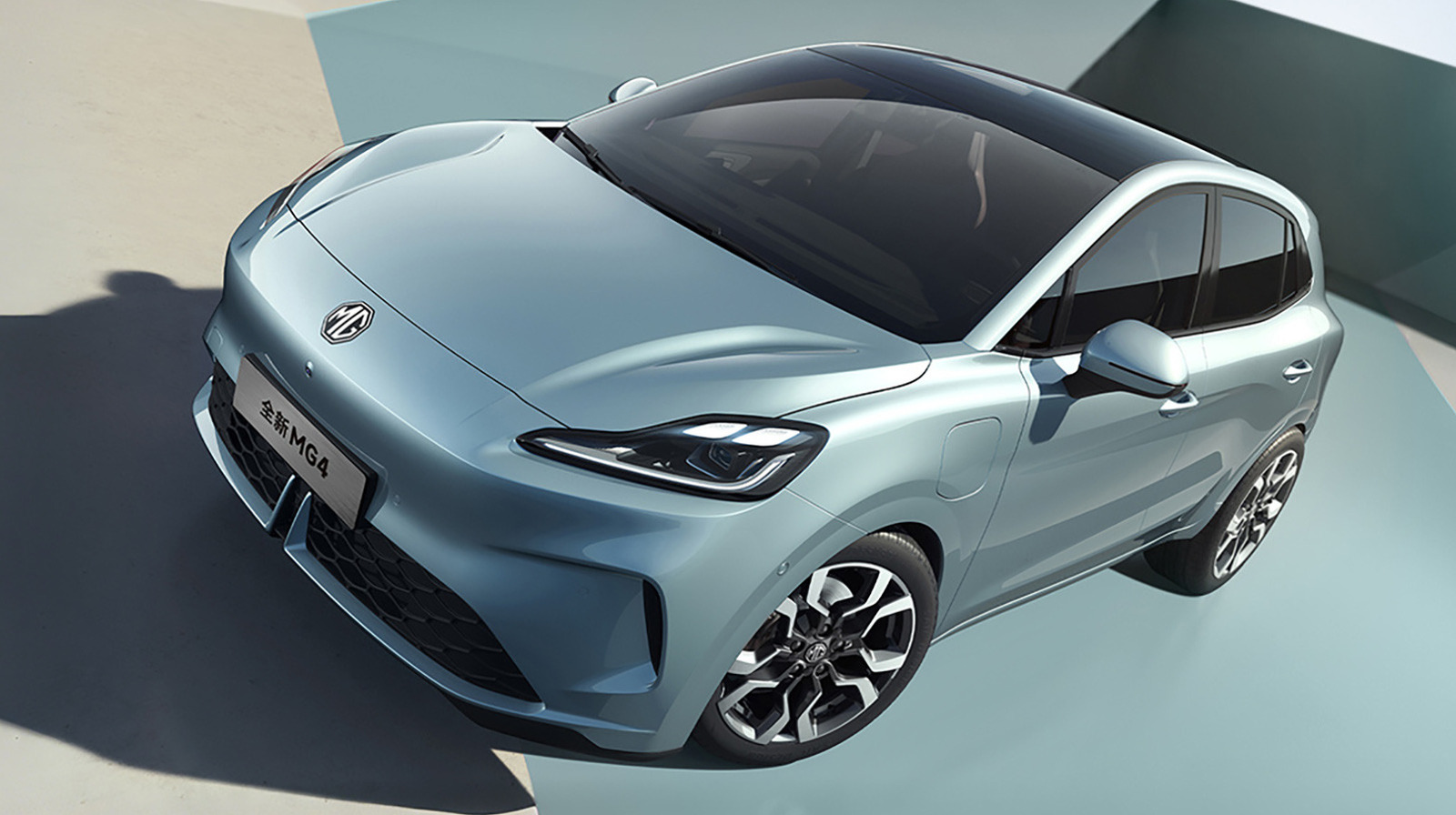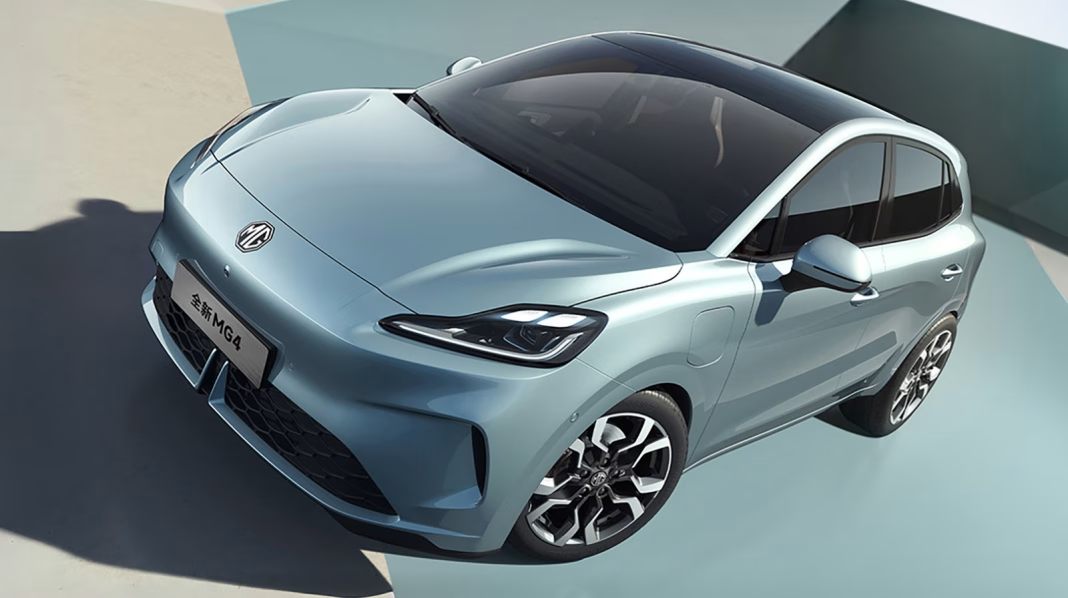How Does the New MG4 Redefine Affordable Electric Cars?
If you’ve been watching the electric vehicle market, you know prices have been a sticking point. So when word got out that the second-generation MG4 would launch in China this summer starting at just $11,000, people took notice. That’s not just a little less expensive—it’s a game changer. But what does this mean for drivers, and is it too good to be true?
What Features Can You Expect at This Price Point?
Let’s get the obvious question out of the way: What do you actually get for $11,000? The MG4 isn’t just a bare-bones EV. It’s a compact hatchback designed to appeal to urban drivers and small families alike. The real headline here is the inclusion of semi-solid state batteries—a technology that’s been hyped for its potential to make EVs lighter, safer, and more energy-dense.
MG claims the new battery tech will deliver a range that’s competitive with much pricier models. While official figures are still rolling out, early reports suggest a real-world range of over 250 miles per charge. That’s more than enough for daily commutes and weekend errands. The car also comes with modern essentials: touchscreen infotainment, advanced driver assistance features, and a surprisingly roomy interior for its class.
Why Are Semi-Solid State Batteries a Big Deal?
You might be wondering why everyone’s buzzing about semi-solid state batteries. Traditional lithium-ion batteries have been the workhorse of the EV world, but they come with trade-offs—weight, safety concerns, and limits on how much energy they can store. Semi-solid state batteries, on the other hand, use a gel-like electrolyte that’s more stable and less flammable, reducing fire risk and potentially extending battery life.
Industry analysts have pointed out that this technology could be the bridge between today’s lithium-ion packs and the fully solid-state batteries automakers are racing to develop. According to a recent report from BloombergNEF, semi-solid state batteries could cut EV battery costs by up to 20% while boosting energy density by 15-20%. That’s not just technical jargon—it means lighter cars, longer range, and lower prices for consumers.
How Does the MG4 Stack Up Against Other Budget EVs?
It’s easy to be skeptical about a sub-$12,000 EV. After all, most electric cars in North America and Europe still start at double or triple that price. But China’s EV market has been pushing the envelope for years, with brands like BYD and Wuling rolling out affordable models that have already made waves domestically.
The MG4 stands out because it’s not a microcar or a stripped-down commuter. Instead, it offers a full-featured experience at a price that undercuts even the most budget-friendly gasoline cars. For comparison, the BYD Seagull—another popular entry-level EV in China—starts at around $9,700, but with a smaller battery and fewer features. The MG4’s combination of range, tech, and price could make it a serious contender not just in China, but in any market where it’s eventually introduced.
Could This Spark a Global Shift in EV Pricing?
The implications go beyond just one car. If MG can deliver on its promises, it could force other automakers to rethink their pricing strategies. Global consulting firm McKinsey & Company recently highlighted that battery costs are the single biggest factor in EV pricing. As battery tech improves and production scales up, the cost gap between electric and gasoline vehicles is expected to shrink dramatically by 2027.
European and American buyers might not see an $11,000 MG4 on their streets anytime soon—import tariffs, safety regulations, and local preferences all play a role—but the pressure is on. Automakers everywhere are watching China’s EV market closely, and the MG4’s launch could accelerate efforts to bring affordable, long-range EVs to a wider audience.
What Should Buyers Watch Out For?
Of course, no car is perfect. At this price, there will be trade-offs. Some early reviews have noted that while the MG4’s cabin is well-equipped, materials aren’t as plush as those in premium models. And while semi-solid state batteries are promising, they’re still relatively new in mass-market vehicles, so long-term reliability data is limited.
It’s also important to remember that the $11,000 price tag is for the Chinese market, where government incentives, local manufacturing, and lower labor costs all play a role. International pricing will almost certainly be higher, though the MG4’s value proposition is still likely to hold up well against competitors.
The Big Takeaway for Shoppers
The MG4’s arrival signals a new era for affordable electric vehicles. It’s not about perfection—it’s about smarter adjustments. Start with one change this week, whether it’s researching new EV tech or test-driving a model you hadn’t considered, and you’ll likely spot the difference by month’s end. The future of driving is coming faster—and cheaper—than most of us expected.


